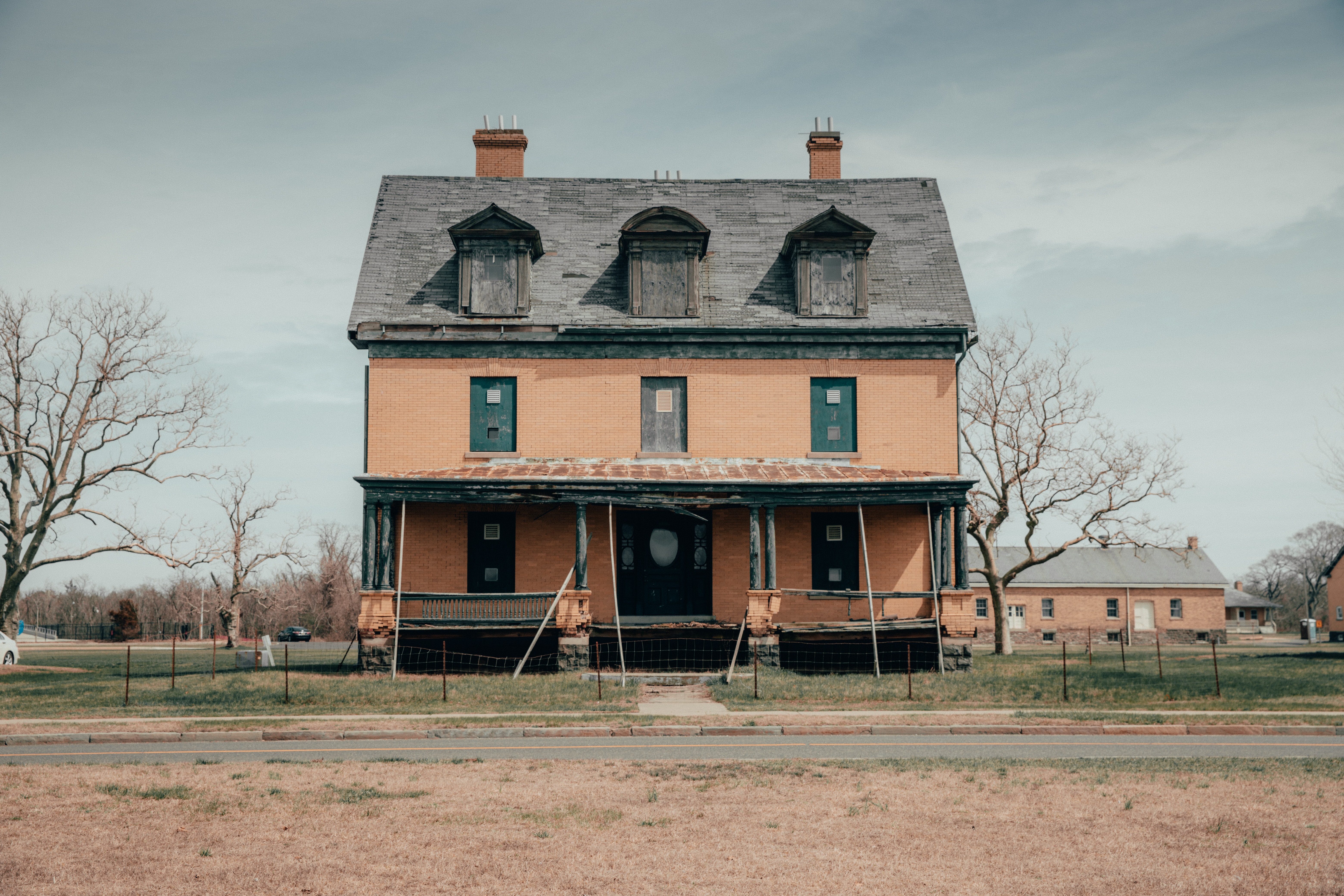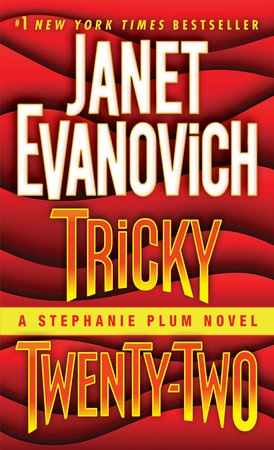Earlier this month I saw a photograph of a beautifully restored octagonal house located at Cedar Point, North Carolina. It reminded me of the hexagonal house designed by my distant cousin, Harriet Abigail Morrison Irwin.
I was a little fuzzy on the details, so I reached for a copy of They Married Confederate Officers: The Intimate Story of Anna Morrison, Wife of Stonewall Jackson and Her Five Sisters, by Kathy Neill Herran.
It was then I discovered I’d missed an opportunity for an #OnThisDay blog post on August 24, for it was on that date in 1869 that Harriet Morrison Irwin was granted U.S. Patent #94,116 for the architectural design of a hexagonal house. It was the first architectural design patent issued to a woman in the United States.
Harriet’s Background
Harriet Morrison was not quite three years older than her more famous sister, Anna Jackson. She was born September 18, 1828 at her parents’ home on Derita Road in Charlotte, NC during her father’s pastorate of Sugar Creek Presbyterian Church.
Though not educated in the realm of architecture, Harriet graduated from Salem College in present-day Winston-Salem, NC. She married James Patton Irwin in 1849, and the couple settled in Charlotte.
In addition to being the mother of nine children (four of whom died before the age of four years), Harriet was a gifted writer. Her husband teamed up with her brother-in-law, Harvey Hill, to publish a magazine called The Land We Love. Harriet contributed many articles to the publication, which was sold to the New Eclectic Magazine of Baltimore, Maryland after three years of publication, according to Mrs. Herran’s book referenced above.
It is said that Harriet suffered from some physical problems that necessitated her being somewhat of a homebody and not as active in civic activities as some of her sisters. She was an avid reader and enjoyed a wide variety of reading materials.
Harriet’s Interest in Architecture
Perhaps it was her delicate physical condition that prompted her interest in architecture. She sought to find a more practical and healthful home design than the standard two-story rectangular houses that dominated the cityscape. In particular, she came to believe that better air circulation in a home would result in a healthier family.

Descriptions of Harriet’s Home Design
Harriet’s patent in 1869 was for a hexagonal two-story house. The house was still standing on West Fifth Street in Charlotte in 1962 when Marie Adams wrote an article about it for the Charlotte News. In her December 7, 1962 article, Ms. Adams described the house as including a “central tower, mansard roof, and an arched porch,” according to Mrs. Herran’s book. (Due to the public libraries being closed due to the Covid-19 pandemic, I wasn’t able to read the newspaper article myself.)
To see a photograph of Harriet and James Irwin’s hexagonal house in Charlotte, go to https://www.cmstory.org/exhibits/robinson-spangler-north-carolina-room-image-collection-hornets-nest/harriet-morrison-irwin
Mrs. Herran’s book quotes the following from Architecture of the Old South: North Carolina, by Mills Lane:
“The six-sided home featured a central chimney, no hallways, and “lozenge-shaped chambers enclosing more useful area with the expenditure of less materials, labor, and money than conventional rooms.” Mrs. Herran added this about the house: “The rooms were joined by doors providing a circular traffic pattern around the house. Doors and specific windows were also placed with easy access to the outside. They provided comfortable airflow in the warmer months, but could be efficiently closed during the cold temperatures.”
Harriet’s grandson, Hall Morrison Irwin, Jr. reminisced about the house in 1962, remembering his visits there and the marble mantle and beautiful staircase. He also connected two other hexagonal homes in Charlotte to his grandmother. One was at the corner of Cedar and Trade Streets and the other one was on West Fifth Street at Clarkson. (Such an intersection no longer exists due to changes made in the streets in the neighborhood.)
Publicity for Harriet’s Home Design
Harvey Hill became editor and publisher of The Southern Home, a weekly Charlotte newspaper. One of his earliest article was an interview with Harriet Irwin. The article predicted Harriet’s house design would “create a new era in architecture,” according to Beverly Heisner’s April 1981 article, “Harriet Morrison Irwin’s Hexagonal House: An Invention to Improve Domestic Dwellings,” in North Carolina Historical Review.
It is said that Harriet no only extolled the practicality and healthful benefits of her design, but also urged the public to see its potential for being more beautiful than the run-of-the-mill two-story houses of the time. She also made a point to tell people not to confuse her hexagonal design with the octagonal design that had gained some interest.
James Irwin and Harvey Hill teamed up again after selling their magazine. They formed a real estate company and often advertised Harriet’s floor plan in Mr. Hill’s newspaper.
In Conclusion
It’s unfortunate that none of Harriet’s hexagonal houses in Charlotte survived into the 1990s. Someone didn’t recognize the value of what they had when those three houses were demolished, at least, one of them being torn down in the 1960s.
In 2020, when the world of architecture is still male-dominated, it’s remarkable to consider that Harriet Morrison Irwin was born in 1828 and died in 1897. In 1870 she was recognized as a female architect in Elizabeth Cady Stanton and Susan B. Anthony’s newsletter titled, “The Revolution.” I hazard to say that 150 years later news of an architectural patent held by a woman would probably be equally newsworthy.
Since my last blog post
I’ve been busy formatting my 174 local history newspaper columns for self-publication. I hope to publish my work in electronic form and as a paperback book. I’ll keep you posted. This is something I’ve wanted to do since 2012, so I’m excited to finally have the opportunity.
Until my next blog post
I hope you have a good book to read. I’m reading The Book of Lost Names, by Kristin Harmel. I highly recommend it!
If you’re a writer or other artist, I hope you have quality creative time.
Thank you for taking time out of your busy schedule to read my blog post today. Don’t forget to wear a mask out of respect for others during this Covid-19 pandemic.
Janet





